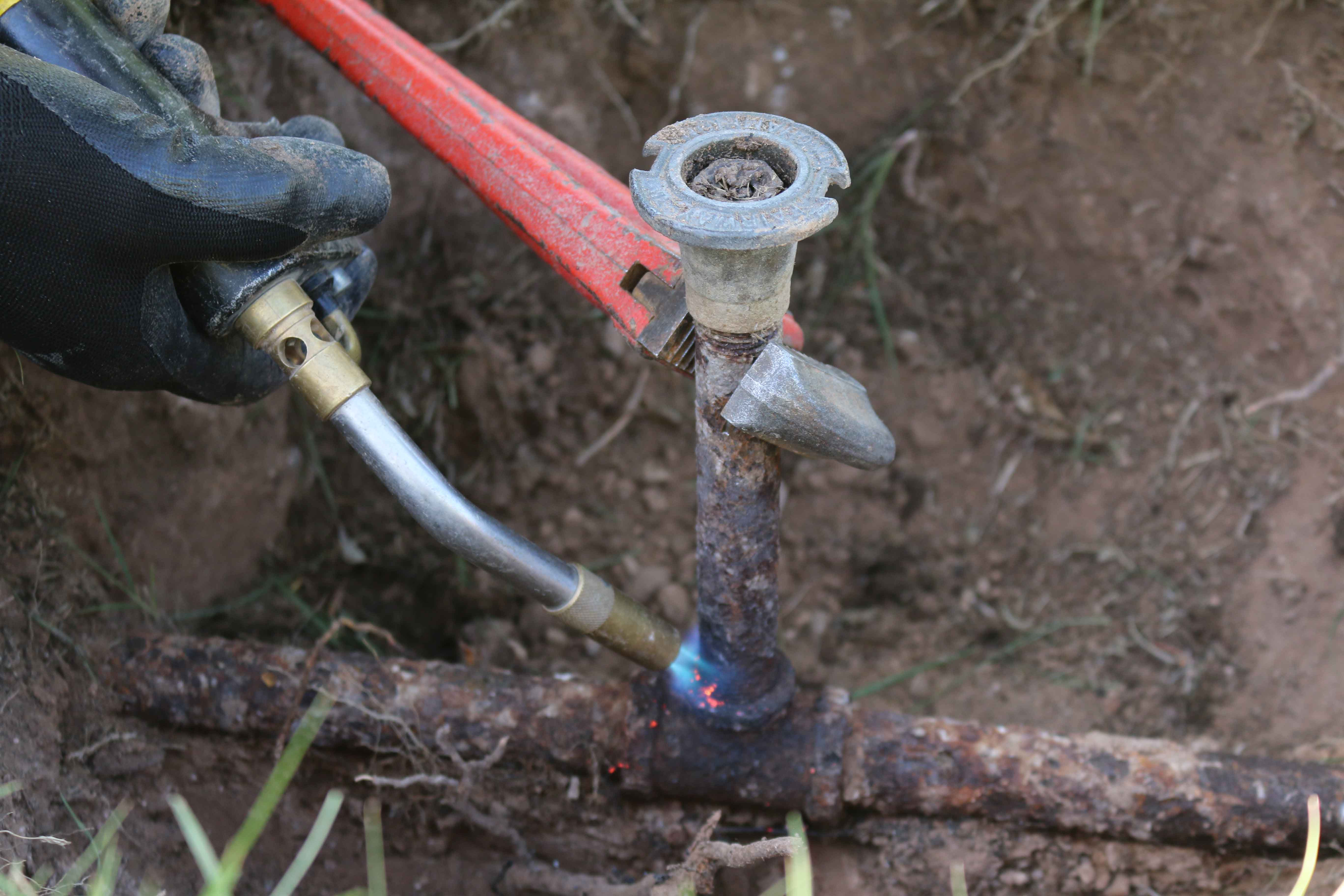While a subsurface drip irrigation system can last from twelve to fifteen years, especially if it is maintained well, some of the system’s components may need to be replaced or repaired through the years.
A controller, for example, is subject to UV degradation if it is installed outside. Controllers need to be properly sealed and monitored for any inside moisture that can corrode the system’s components. Older controllers (pre-2000) can be difficult to set and have limited choices for how to water, which can make watering inefficient when using these controllers. Since Water Sense Smart Technology controllers are more efficient, we recommend switching to this technology. We offer rebates to help you make that upgrade.
Drip irrigation tubing is also known to degrade when exposed to UV light. According to landscape professionals in the Albuquerque area, you can expect the tubing to last for about ten years if it is buried. If tubing is placed on the surface of the ground, it generally won’t last a decade due to several factors, including exposure to UV light and an increased risk of freezing and splitting.
Emitters have various lifespans. Button emitters tend to clog less but need replacement when that happens. Flag emitters clog more often from mineralization but can be flushed.
Another reason for emitter and drip line failure is damage from humans, dogs, rabbits, ground squirrels and pack rats.
Regular maintenance is the best way to increase the lifespan of an irrigation system. Click here for our free irrigation checklist to help keep your system in tip-top shape.

Have a question about the article?

